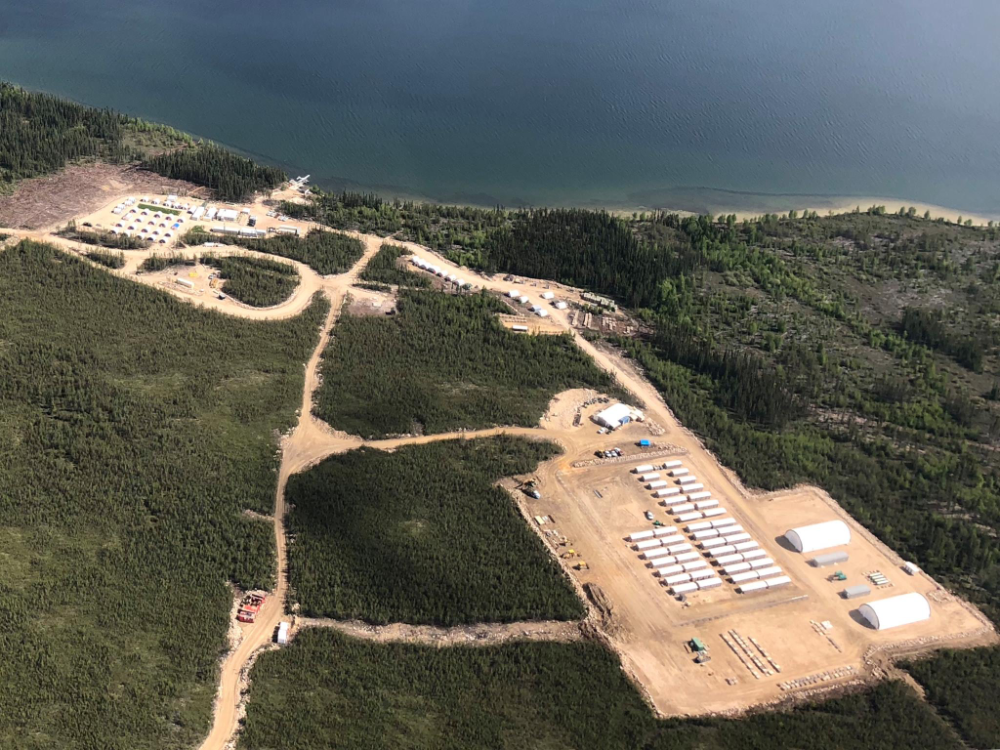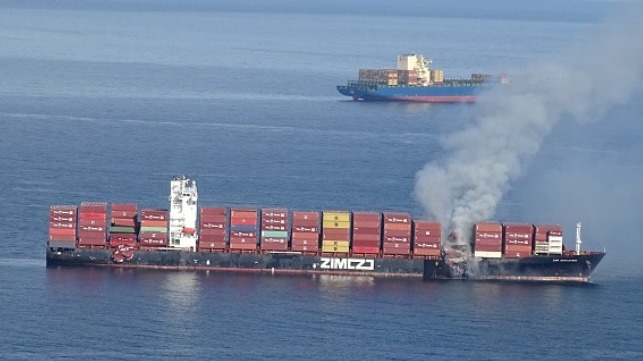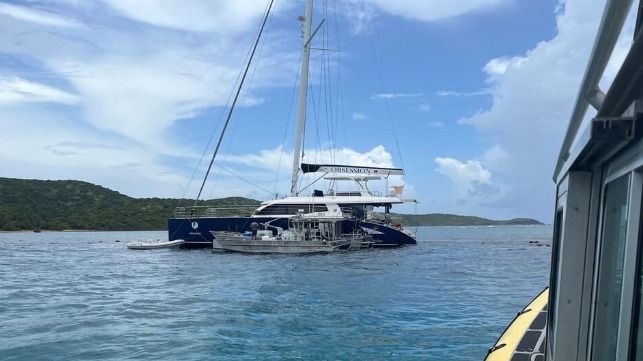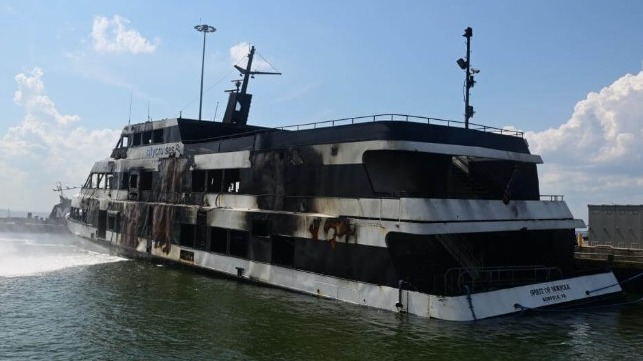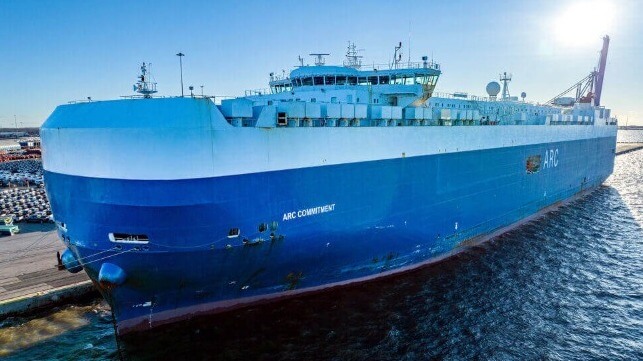Thu, August 1, 2024

Nancianne Grey is the executive director of Saturviit Inuit Women’s Association of Nunavik. (Submitted by Saturviit - image credit)
Nunavik's Inuit Women's Association says the way police dealt with an arrest in Salluit last month reflects a growing disconnect between the police service and the Inuit communities they serve.
A video of the incident on July 18 shows a woman being pulled out of her car window, and into police custody, all while witnesses yell, "she's having a seizure".
Nancianne Grey, Saturviit's executive director, said she understands the woman had allegedly committed some crimes, but outside of that, the video shows a disturbing attitude toward the Inuk woman.
"It's evident that she's having a seizure, and they still didn't look like they cared," she said.
"There seems to be more and more of a gap between the police services and Inuit in the villages."
The 24-year-old woman at the centre of the incident faces a range of charges, including impaired driving, car theft, and assaulting a police officer.
Her lawyer declined to comment.
Quebec's Bureau of Independent Investigations said it is investigating the incident, which is protocol whenever a complaint of criminal nature about a police officer is laid by a person who is First Nations or Inuit.
Relationship between Inuit and police
From conversations she's had with people across Nunavik, Grey said the consensus is that police officers nowadays aren't as connected to the communities they serve.
The Nunavik Police Service (NPS) has undergone several structural changes over the past few decades. Prior to 2021, it was known as the Kativik Regional Police Force, and before 1995, policing was done by the provincial service, the Sûreté du Québec.

Footage from the video circulating on social media shows an officer pulling the woman out of the car window and onto the ground.
Footage from the video circulating on social media shows an officer pulling the woman out of the car window and onto the ground. (Submitted by Padli Ilisituk)
"The Kativik Regional Police Force used to be more friendly with locals. There was more friendship and respect. At least that's what I felt 15 years ago," Grey said.
She said officers back then were generally older and more experienced, whereas officers with the NPS now don't usually stick around in Nunavik's communities for long.
"They have a different way of responding to violent situations from what I've seen in the past," she said.
Only two of 111 officers with the NPS are Inuit. NPS said a third Inuk officer is currently in training.
Grey said there are barriers for Inuit to become police officers, including personal ones, like the moral conflict of being part of the police service.
Building trust with the community
To build trust with Inuit communities, Grey is calling for more cultural training for new police recruits, as well as regular psychological checkups for all officers.
"The calls that they have to make are not easy. There's trauma both on the victims and the perpetrators," she said.
"I'm sure [the officers] are also affected by these violent traumas."

A Nunavik Police Service vehicle in Kuujjuaq, Que.
A Nunavik Police Service vehicle in Kuujjuaq, Que., under the previous name of the Kativik Regional Police Force. (Olivier Plante/Radio-Canada)
NPS deputy chief Jean-François Morin said all new recruits must undergo 12 hours of online cultural training, prior to moving to Nunavik. It's also bringing back a cadet program to try to recruit youth into the police service.
The 2019 Viens Commission report into the strained relationship between the Quebec Public Service and Indigenous communities in the province made 142 calls for action.
Thirteen were about police services, but as of October 2023, only five had been acted on.
Morin said the police service is continuing to work with all levels of government to meet all the remaining recommendations.
During the inquiry the Kativik Regional Police Force, NPS's predecessor, made submissions about the service being chronically underfunded and understaffed.
Morin said the NPS is set to sign a renegotiated funding agreement with the provincial and federal governments by the end of September.





